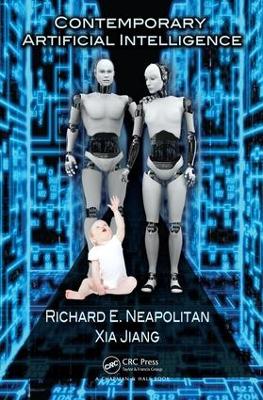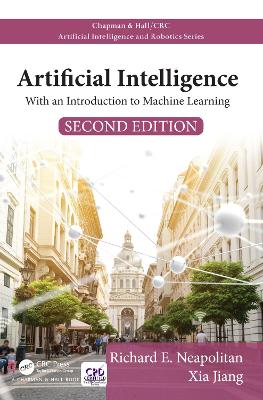Chapman & Hall/CRC Artificial Intelligence and Robotics
2 total works
The notion of artificial intelligence (AI) often sparks thoughts of characters from science fiction, such as the Terminator and HAL 9000. While these two artificial entities do not exist, the algorithms of AI have been able to address many real issues, from performing medical diagnoses to navigating difficult terrain to monitoring possible failures of spacecrafts. Exploring these algorithms and applications, Contemporary Artificial Intelligence presents strong AI methods and algorithms for solving challenging problems involving systems that behave intelligently in specialized domains such as medical and software diagnostics, financial decision making, speech and text recognition, genetic analysis, and more.
One of the first AI texts accessible to students, the book focuses on the most useful problem-solving strategies that have emerged from AI. In a student-friendly way, the authors cover logic-based methods; probability-based methods; emergent intelligence, including evolutionary computation and swarm intelligence; data-derived logical and probabilistic learning models; and natural language understanding. Through reading this book, students discover the importance of AI techniques in computer science.
The first edition of this popular textbook, Contemporary Artificial Intelligence, provided an accessible and student friendly introduction to AI. This fully revised and expanded update, Artificial Intelligence: With an Introduction to Machine Learning, Second Edition, retains the same accessibility and problem-solving approach, while providing new material and methods.
The book is divided into five sections that focus on the most useful techniques that have emerged from AI. The first section of the book covers logic-based methods, while the second section focuses on probability-based methods. Emergent intelligence is featured in the third section and explores evolutionary computation and methods based on swarm intelligence. The newest section comes next and provides a detailed overview of neural networks and deep learning. The final section of the book focuses on natural language understanding.
Suitable for undergraduate and beginning graduate students, this class-tested textbook provides students and other readers with key AI methods and algorithms for solving challenging problems involving systems that behave intelligently in specialized domains such as medical and software diagnostics, financial decision making, speech and text recognition, genetic analysis, and more.

